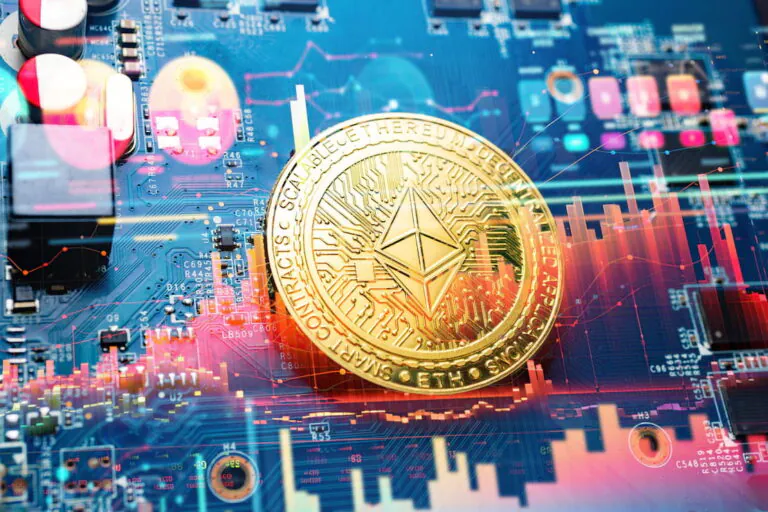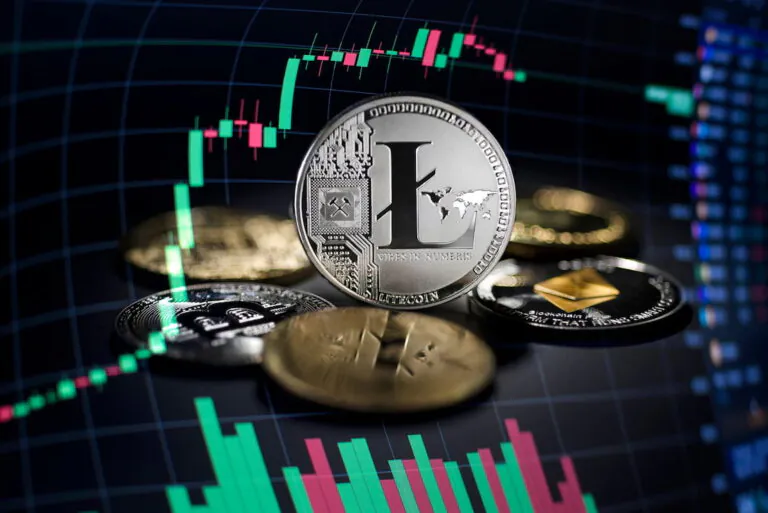The Ethereum blockchain is a distributed ledger system designed to create decentralized applications. One of its main goals was to facilitate money transfers and get rid of intermediaries during transactions in global financial systems. One of the cofounders of Ethereum is Anthony Di Iorio.

Overview of the Solana project and the SOL token: history, features, development prospects of the platform
Decentralized applications are most suitable for the use of blockchain technologies. For several years, DApps have taken a very fast course of development. DApp creators have released almost everything on the blockchain, from games to decentralized finance (DeFi) platforms. However, not everything is as smooth as it seemed. Most DApps run on Ethereum, which is constantly in high demand, which means frequent network reboots and steep transaction fees.
But the Solana blockchain platform, which is trying to get into the top, enters the fight against Ethereum. About what Solana is, its features, advantages, disadvantages, prospects and forecasts, we will acquaint you in this article.
Solana Cryptocurrency Review: What is it?
Solana (SOL) is a cryptocurrency that works on a new blockchain, using a special Proof-of-History (PoH) consensus mechanism, which means “history proof algorithm”, its system is supposed to add, for a certain time, labels in blocks, which allows you to find out exactly what time took place transaction.
The idea of the project is the development of a scalable, reliable and decentralized platform to the maximum, which can contribute to the support of nodes without loss of power and avoid problems.
The history of Solana (SOL)
The creator of the project is Anatoly Yakovenko, who previously worked at Dropbox and Qualcomm, the specifics of his work were the development of methods for compressing and distributing systems.
Yakovenko worked for a while with his former Qualcomm colleague Gregor Fitzgerald, they worked together on a new blockchain testnet. Greg later became Chief Technology Officer at Solana. In February 2018, Anatoly and Greg published the white paper of the project and the internal testnet.
In addition to Fitzgerald, Yakovenko worked with another former colleague, Akridge Stephen. In turn, he suggested that he could improve the performance of transactions – this is the outsourcing of signature verification.
Having united in a single team, these guys were able to create a company called Solana Labs. They were also joined by former Apple engineers.
In the second half of 2018, Solana began raising funds for their cryptocurrency network. Multicoin Capital was able to lead the Solan funding round and by the end of 2019 had earned approximately $20,000,000 in private token sales. This campaign coincided with the development of the main Solana protocol.
The beta version of Solana Mainnet debuted in March 2020 with innovative contract features and basic transaction capabilities after an additional $1.76 million was raised at the first auction on the coin list.
Solana Labs is still the main participant of the network. On the other hand, the Solana Foundation, a non-profit organization headquartered in Zug, Switzerland, helps finance the further development and expansion of blockchain community building activities.
Solana (SOL) features: advantages and disadvantages
The main difference and advantage of Solana is the Tower Consensus mechanism system. The bottom line is that this mechanism reduces the load on performance, as a result of which Solana achieves throughput that dwarfs many opponents. Conducting PBFT in Solana gives a large source of time to the blockchain through another new Proof of History (PoH) protocol.
Ultimately, all this provides a history of early operations in the blockchain, creating a complete translation of the changes. Tower Consensus uses synchronized clocks to reduce the computing power that is needed to control operations.
Solana also contains many other innovations, thanks to which it differs from its competitors. One of them is a transaction parallelization technology called Sealevel. This technology makes it possible to use a parallel environment for the execution of smart contracts, which improves resources and is responsible for the fact that Solana will be able to expand horizontally between processors and SSD drives.
SOL token. How many Solana (SOL) coins are in circulation?
The Solana project has its own private token called SOL. Any operations within Solana take place using SOL tokens.
The SOL token was first introduced in 2020 (beta version), and today it is in the TOP 10 cryptocurrencies by market capitalization, ranking 9th in the ranking.
At the time of writing, Solana’s market capitalization is $12,071,382,321, and there are 355,222,187.20 SOLS in circulation, with a maximum offer of 511,616,946 SOLS. The token is traded at the rate of $33.98.
All SOL tokens were distributed in the following proportions:
- 12.79% are held by the project developers;
- 10.46% – sent to support and develop the Solana Foundation;
- 12.92% – sent to the constituent sale;
- 16.23% – initial sale within the ICO;
- 47.6% – public and personal sales.
How to buy/sell SOL?
Currently, Solana can be bought on several cryptocurrency exchanges, such as Binance, BTCEX, MEXC, OKX, etc. The token can also be purchased or sold for fiat money, or in exchange for another cryptocurrency, on online exchangers. Coin24.io also provides such a service.
Development, Prospects and Forecasts of Solana
The SOL cryptocurrency is recognized in a limited circle. Initially winning over users with incredible speed and price, however, its development has not yet reached the limits of sustainability. In any case, Solana should be considered as a project with great potential, because another plus is the adaptation to work with bots, namely trading. Yes, the rating was also significantly affected by the failure in 2020 (as a result of many errors, it was not possible to make transactions for 6 hours).
The current rating for 2022 on CoinMarketCap is #9, SOL is in the TOP-10 cryptocurrencies by capitalization. In part, it is permanent and attracts miners with little experience, as well as large investors, for example, Multicoin Capital and Foundation Capital. Solana has taken the right course of development, but only time will tell how the project will be able to stay on the right course. At this stage, the project is built attractively and quite acceptable for long-term investment.
Start your crypto exchange with Coin24

Exchange BTC, ETH, USDT and more — cash or card

Secure and fast crypto exchange since 2018



